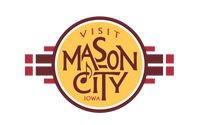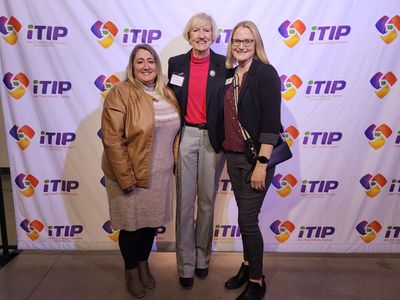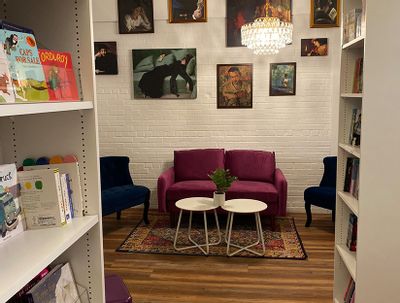Part 4: Mason City Women and the 19th Amendment

1916 was a major year in Iowa’s suffrage movement efforts, attracting as much negative reaction as at any time. Leader’s like Alice Paul had grown tired of working so hard for so long and achieving almost nothing. They were beginning to call for more militant action, similar to tactics used in England. Opponents raged about that attitude and declared suffrage would end the American family and accusing supporters of supporting “free love” (as advocated by England’s Ellen Keys and American Victoria Woodhull) and other immorality. Iowa women were ready to step up their actions as well, voting to storm the state capitol building while the legislature was in session to demand passage in the state of a bill giving women the right to vote. Mason City women were among the noisy marchers. The legislature passed the amendment, thus putting it to a public vote. However, that vote failed and the work was still not done.
In Mason City that year Carrie Lane Chapman Catt returned to speak at the Cerro Gordo County Equal Rights Convention at the packed Cecil Hotel. Local speakers and other national leaders were also in attendance. Carrie stayed in the home of Byrd Damon where a tea was held in her honor. Dr. Anna Shaw and Mary Garrett Hay, well-known throughout the nation, added their words to encourage support for the movement.
Bryd Damon had come to know Carrie and begin her own suffrage work even before she came to Mason City from Omaha. Moving to the city when her husband bought a local store along with a partner and opened Damon Igou’s, she became one of Iowa’s strongest advocates for the movement. At a 1901 Nebraska convention where Carrie was the most prominent speaker, Byrd spoke on the success of Wyoming in already giving its women the right to vote and repeated the words of its governor declaring it had improved the state. She was chair of the Cerro Gordo county association when Carrie was invited to come and speak and one of the leading organizers of the entire event. Byrd was also one of the strongest supporters of the local Humane Society and the Salvation Army.
The local newspaper’s coverage declared, “The attendance was most flattering and conclusively proves that the men and women of the city and county are interested in equal rights.”
In the publication for the conference appeared sketches of Mason City women actively engaged in the work. Although, it cannot be verified, it seems highly likely Eleanor Stockman, a talented portrait artist, did the sketches to honor these activists: Mrs. James Blythe, Mary Emsley Adams, Miss Gertie Parker, Mrs. Winnifred McAlister, and Mrs. George Sanborn. All were prominent locally in the suffrage movement as well as civic causes. Over the years, the women had been the catalyst for cleaning vacant city lots, adding a police matron to the force, building a downtown restroom for shoppers and raising money to enable poor women to bear their babies at the local hospital.
ABOUT THIS SERIES: To commemorate the 100th anniversary of the 19th amendment, Visit Mason City is sharing a 5-part series of articles about the Mason City women who made many contributions to the Women’s Suffrage Movement. Many thanks to Pat Schulz for sharing these stories.
ABOUT THE AUTHOR: Pat Schultz, former executive director of Wright on the Park, found her interest in women in Mason City sparked when she was researching Mary Emsley Adams. Mrs. Adams was the president of the City National Bank when its board hired Frank Lloyd Wright to design a new building. She was also, as Pat discovered, an ardent suffragist, so active that she was recognized as one of the 24 Iowa women honored for their outstanding efforts when the 19th amendment was ratified. Pat’s continued research found that Mary was not the only local woman deeply involved in getting the vote for women. Her book “Amazing Women of Early Mason City” tells their stories as well as those of other women. Pat began her work with Wright on the Park after she retired from teaching in the language arts department at Clear Lake High School for 29 years. She has also taught communication skills for North Iowa Area Community College and currently teaches in NIACC’s Life Long Learning Program. A widow, she lives on an acreage northeast of Mason City with her feline friends, Katzanova and Charles Dickens. She also continues to be a member of WOTP’s Education Committee.








